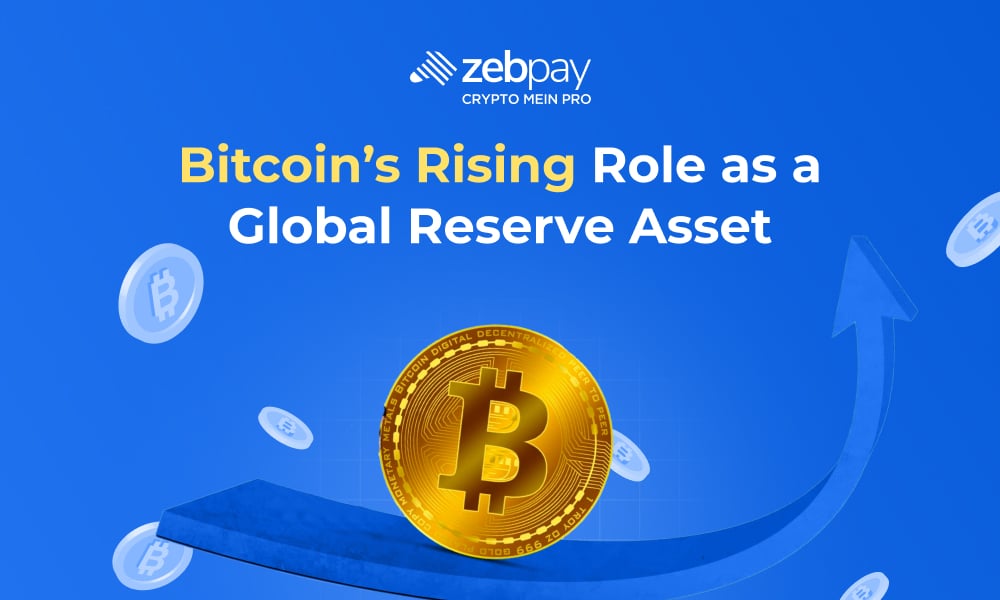
Bitcoin’s Rising Role as a Global Reserve Asset
In recent years, the global financial landscape has undergone a significant transformation. The advent of decentralized technologies like blockchain and cryptocurrencies has led to the emergence of new financial instruments, challenging traditional systems. Amidst this evolution, Bitcoin (BTC) has risen to prominence, with its growing adoption as a potential global reserve asset.
The Economic Characteristics of Bitcoin
The cryptocurrency’s intrinsic features make it an attractive choice for institutional investors and central banks alike. Its decentralized nature ensures that transactions are secure, transparent, and censorship-resistant. The limited supply of 21 million coins also underscores the scarcity of this digital gold standard. Furthermore, its portability, divisibility, and inflation-hedge properties further solidify its role in stabilizing economies.
Institutional Adoption of BTC as a Reserve Asset
As the global economy grapples with uncertainty, institutional investors are increasingly embracing Bitcoin’s potential. MicroStrategy and Tesla, two prominent companies, have already added this cryptocurrency to their balance sheets. Other public companies have also taken advantage of Bitcoin’s volatility by leveraging its price appreciation. Central banks are not far behind, as witnessed in El Salvador’s decision to hold BTC reserves and explore the creation of BTC bonds.
Technological Innovations
The maturation of blockchain technology has been instrumental in fostering greater trust in digital currencies like Bitcoin. The development of more scalable and secure protocols has enabled increased adoption rates among institutional investors and individual users alike. Moreover, advancements in decentralized finance (DeFi) have provided new investment opportunities for Bitcoin holders.
Navigating Volatility
While this narrative presents a rosy outlook on the future of Bitcoin as a global reserve asset, several challenges lie ahead. The cryptocurrency’s volatility remains an existential threat to its long-term viability, and navigating this uncertainty will require skillful regulatory intervention. Furthermore, geopolitical tensions and the ever-present risk of market manipulation could also hinder the growth trajectory.
Conclusion
In conclusion, the data suggests that Bitcoin’s intrinsic characteristics and growing adoption by institutional investors and central banks make it a potential game-changer for global financial systems. Its decentralized nature, limited supply, portability, and inflation-hedge properties render it a more attractive option compared to traditional reserve assets. However, the cryptocurrency’s long-term success hinges on its ability to navigate market volatility, regulatory clarity, and geopolitical tensions.
This article was written by ZebPay.
Source: zebpay.com


